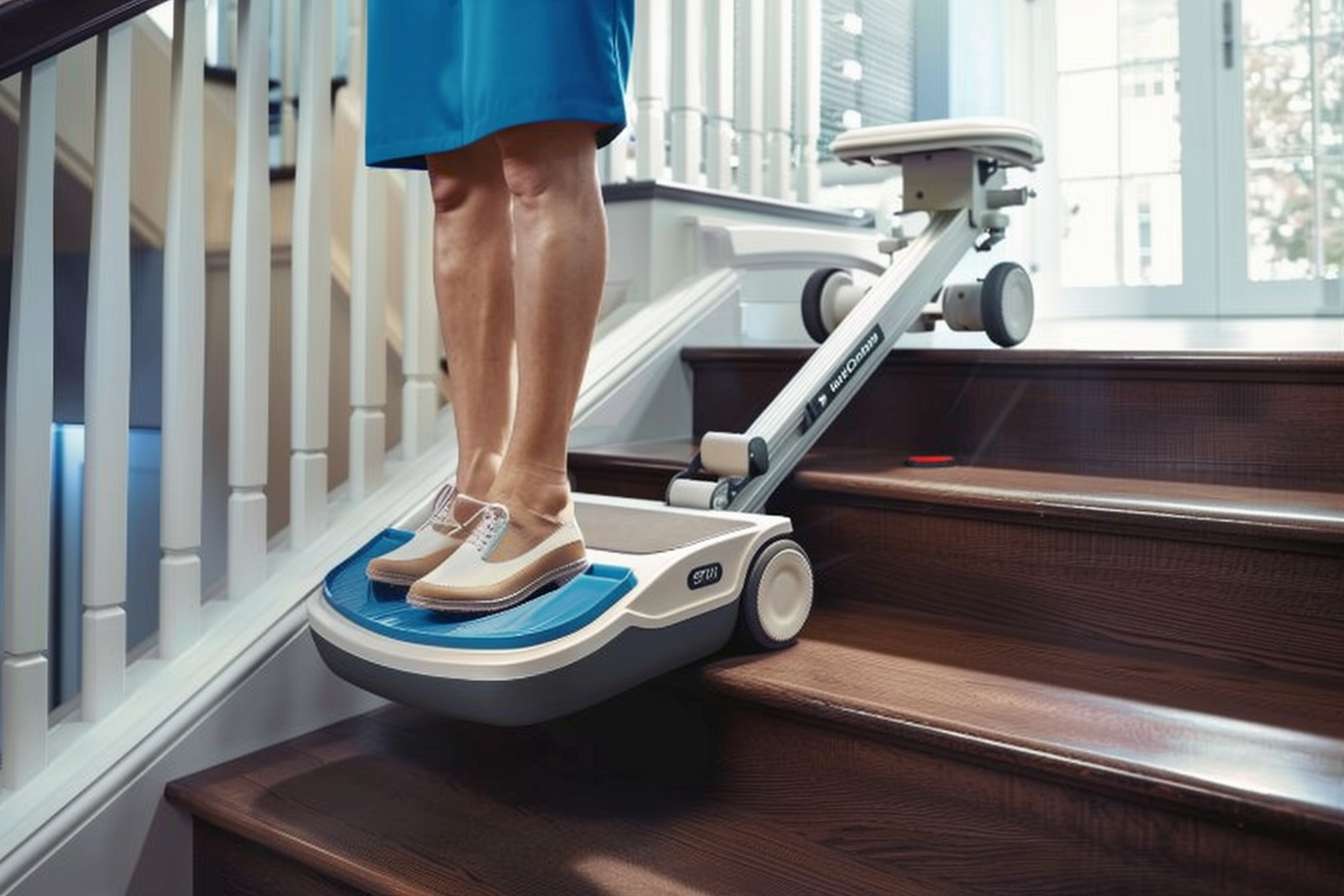Hearing Aids: Modern Options for Enhanced New Zealand Living
Hearing loss affects thousands of New Zealanders, impacting daily communication, social engagement, and overall quality of life. Modern hearing aids have evolved significantly, offering advanced features like Bluetooth connectivity, rechargeable batteries, and discreet designs. Understanding the available options, funding support, and local services can help individuals make informed decisions about their hearing health and regain confidence in their daily interactions.

Advances in hearing technology have transformed how New Zealanders manage hearing loss. From government-funded programmes to cutting-edge devices with wireless connectivity, today’s hearing aids provide practical solutions that integrate seamlessly into modern lifestyles. Whether you’re experiencing mild hearing difficulties or more significant challenges, exploring the range of available options can help you find a suitable solution that fits your needs and budget.
This article is for informational purposes only and should not be considered medical advice. Please consult a qualified healthcare professional for personalized guidance and treatment.
What Government-Funded Hearing Aids Are Available for Seniors?
New Zealand offers several pathways for seniors to access hearing support through publicly funded services. The Ministry of Health provides hearing aid subsidies for eligible individuals, particularly those who meet specific criteria related to age, income, and hearing loss severity. Seniors aged 65 and over may qualify for partially or fully subsidized hearing aids through district health boards, though availability and eligibility requirements can vary by region.
To access government-funded hearing aids for seniors in New Zealand, individuals typically need a referral from their general practitioner to an audiologist within the public health system. The assessment process includes comprehensive hearing tests to determine the degree of hearing loss and the most appropriate device. While public funding can significantly reduce costs, waiting times may apply, and the range of available models may be more limited compared to private options. Some seniors find that combining public subsidies with private contributions allows them to access newer technology or additional features.
How Do Affordable Hearing Aids with Bluetooth Connection Work?
Bluetooth-enabled hearing aids represent a significant advancement in assistive listening technology, allowing users to connect directly to smartphones, televisions, and other digital devices. These modern devices stream audio wirelessly, eliminating the need for additional accessories and providing clearer sound quality for phone calls, music, and media consumption. For New Zealanders seeking affordable hearing aids with Bluetooth connection, several mid-range options now include this feature without the premium price tag once associated with wireless technology.
The functionality of Bluetooth hearing aids extends beyond simple audio streaming. Many models pair with dedicated smartphone applications that allow users to adjust volume, change programmes, and customize sound settings discreetly. This level of control enhances user experience and provides greater independence in managing hearing needs across different environments. When considering affordable options, it’s important to verify compatibility with your existing devices and understand battery life implications, as Bluetooth connectivity can increase power consumption. Rechargeable models with Bluetooth capability offer convenience and long-term cost savings by eliminating the need for disposable batteries.
Where Can You Find Hearing Aid Clinics Offering Free Consultations?
Many hearing aid clinics across New Zealand offer complimentary initial consultations to help individuals understand their hearing health and explore suitable solutions. These free consultations typically include a preliminary hearing assessment, discussion of lifestyle needs, and an overview of available hearing aid options. Local services in your area may provide these consultations without obligation, allowing you to gather information and compare providers before making a commitment.
When searching for hearing aid clinics in your area with free consultation services, consider both independent audiology practices and larger hearing care chains. Independent clinics often provide personalized service and may offer a wider range of brands, while chain providers might have more standardized pricing and access to proprietary technology. During a free consultation, expect to discuss your hearing history, undergo basic hearing tests, and receive recommendations tailored to your specific needs. It’s advisable to visit multiple clinics to compare approaches, pricing structures, and the rapport you establish with the audiologist, as ongoing support and adjustments are essential components of successful hearing aid use.
Understanding Hearing Aid Costs and Provider Options in New Zealand
The cost of hearing aids in New Zealand varies considerably based on technology level, features, and provider. Entry-level devices typically start around NZD 1,000 to 2,000 per aid, while mid-range models with Bluetooth connectivity and advanced noise reduction features generally range from NZD 2,500 to 4,500 per aid. Premium hearing aids with the latest technology, including artificial intelligence and superior sound processing, can cost between NZD 5,000 and 8,000 or more per device.
Several reputable providers operate throughout New Zealand, offering various service models and product ranges. Below is a comparison of typical hearing aid options and their estimated costs:
| Product/Service Category | Provider Type | Key Features | Cost Estimation (NZD per aid) |
|---|---|---|---|
| Basic Digital Hearing Aid | Public Health System | Essential amplification, limited programmes | 0 - 500 (with subsidy) |
| Mid-Range Bluetooth Model | Independent Audiology Clinics | Bluetooth connectivity, rechargeable, noise reduction | 2,500 - 4,500 |
| Premium Advanced Device | National Hearing Care Chains | AI processing, multiple programmes, smartphone app control | 5,000 - 8,000 |
| Online/Direct-to-Consumer | Online Retailers | Basic to mid-range features, limited professional support | 800 - 2,500 |
Prices, rates, or cost estimates mentioned in this article are based on the latest available information but may change over time. Independent research is advised before making financial decisions.
When evaluating costs, consider the total package including follow-up appointments, adjustments, warranty coverage, and ongoing support. Many providers offer payment plans or financing options to make hearing aids more accessible. Additionally, some private health insurance policies in New Zealand provide partial coverage for hearing aids, so reviewing your policy benefits may reveal unexpected financial assistance.
What Features Should You Prioritize When Choosing Hearing Aids?
Selecting the right hearing aid involves balancing technological features with practical considerations like comfort, lifestyle needs, and budget. Key features to evaluate include the number of listening programmes, background noise reduction capabilities, directional microphones, and water resistance. For active individuals, durability and moisture protection are particularly important, while those who frequently use digital devices may prioritize Bluetooth connectivity and smartphone integration.
Battery type represents another important decision point. Disposable batteries require regular replacement but offer the convenience of quick swapping, while rechargeable models eliminate ongoing battery costs and are more environmentally friendly. The physical style of hearing aid—whether behind-the-ear, in-the-ear, or completely-in-canal—affects both visibility and functionality. Behind-the-ear models typically accommodate more features and are easier to handle, while smaller styles offer discretion but may have shorter battery life and fewer advanced capabilities. Working closely with a qualified audiologist ensures that your chosen hearing aids match your specific hearing loss pattern and daily requirements.
Maintaining Your Hearing Aids for Optimal Performance
Proper maintenance extends the lifespan of hearing aids and ensures consistent performance. Daily cleaning with a soft, dry cloth removes earwax and debris that can block sound outlets and damage internal components. Most hearing aid providers supply specialized cleaning tools and drying kits to help maintain devices in New Zealand’s varied climate conditions. Moisture is a common enemy of hearing aids, so storing them in a dehumidifying case overnight can prevent corrosion and electronic failures.
Regular professional servicing is equally important for long-term hearing aid success. Audiologists recommend check-ups every six months to assess device function, clean internal components, and make programming adjustments as your hearing needs evolve. Many clinics include these follow-up appointments in the initial purchase price, while others charge separately for ongoing care. Staying proactive with maintenance and professional support maximizes your investment and ensures that your hearing aids continue to provide clear, reliable sound quality for years to come.



